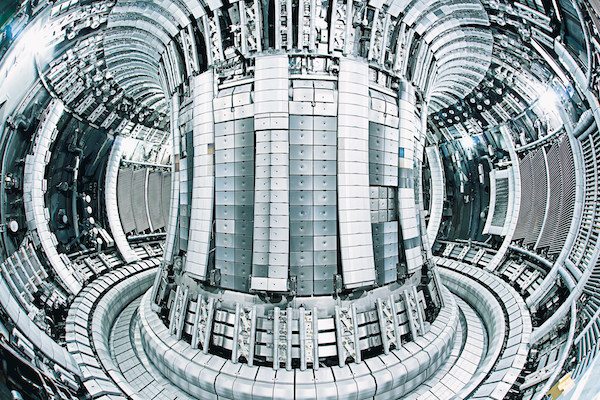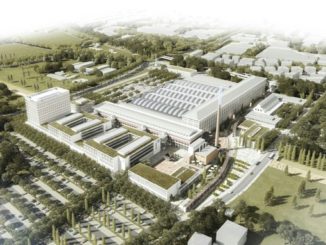
There are a number of key areas where exascale computing power will be required to turn simulations into real-world good. One of these is fusion energy research with the ultimate goal of building efficient plants that can safely deliver hundreds of megawatts of clean, renewable fusion energy.
Japan has announced that it will install its top-end XC50 supercomputer at the at the Rokkasho Fusion Institute.
The new system will achieve four petaflops, which is over double the capability of the current machine for international collaborations in fusion energy, Helios, which was built by European supercomputer maker, Bull. The Helios system was one of only a few dedicated exclusively to solving problems in plasma physics and fusion technology and was one of the key supercomputers in a European and Japanese collective effort for fusion energy called the Broader Approach initiative.
Helios was interesting in that it had a mix of nodes to run the diverse set of plasma simulations. What began with standard Sandy Bridge later expanded to include a mix of both Xeon Phi (Knights Corner) and much later, Nvidia K80 GPUs. Cray tells The Next Platform that the nearly four petaflops of peak performance will come from Skylake CPUs alone (no GPUs, at least not this stage).
“It used to be that a 4-petaflop CPU system was outrageous in size and complexity, but it is now kind of ‘normal’ but even a system of this size that is all CPU is fairly significant in that regard and this system uses CPUs exclusively and is based on Skylake Xeons and we are very pleased with its performance,” Fred Kohout, senior VP of products at Cray tells The Next Platform. “It features Cray’s network and software stacks, and while there are some big memory nodes, what is truly notable here is our ability to build and ship systems of this performance level and size with high levels of efficiency.”
Fusion energy is starting to move from concept to experimental design stages with large investments aimed at exploring both reactors and transmission technologies. Investments from private companies like TAE Technologies, which seeks to be first in fusion energy production, and many labs and research centers are simulating what will be required—and what will soon be possible in plasma research with exascale capabilities.
ITER is the world’s largest research organization to explore fusion energy potential. It has been in operation since 1985 and includes the U.S., China, the EU, Russia, Japan and other nations in an effort to use fusion to generate 500 MW of fusion power in an efficient power plant environment as well to use key plasma types safely and within energy consumption budgets that are so far, way too aggressive for current approaches. The Broader Approach initiative, an effort shared between the European Atomic Energy Community (Euratom) and Japan has been testing the idea of facilities for fusion that can withstand the 100 million °C.
As Broader Approach describes, “to sustain such a temperature the hot plasma must be kept away from the walls of the reactor. However, because the plasma is an electrically-charged gas it can be held or contained by magnetic fields. This allows the plasma to be held, controlled and even heated by a complex cage of magnets, whilst enabling the neutrons to escape as they have no electric charge” At that temperature and density and with a confinement time of one second, researchers need to understand many different properties—everything from how to maintain plasma temperatures, manage impurities, efficiently heat materials, and to gather energy, among other problems.
“We’re looking forward to delivering a supercomputer that will further the Institute’s work in discovering opportunities for fusion power as a reliable energy source,” said Mamoru Nakano, president of Cray Japan. “The speed and integrated software environment of the Cray XC50 will enhance the infrastructure and allow researchers to speed time to discovery.”
The new system will be providing more than 1,000 European and Japanese fusion researchers with the high performance computing technology required to advance game-changing research in fusion power. The Cray system will provide the performance and scale necessary to support researchers in running complex plasma calculations as part of the ITER project.





Nuclear fusion is _not_ renewable, just like regular Nuclear fission.
But both are technically infinite if implemented correctly.